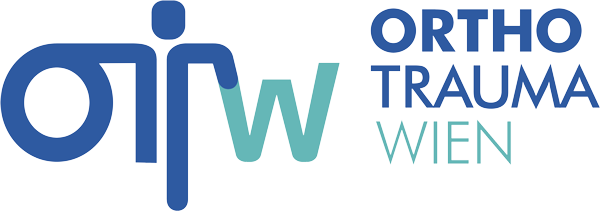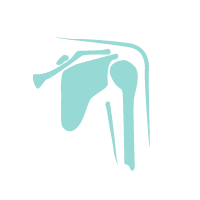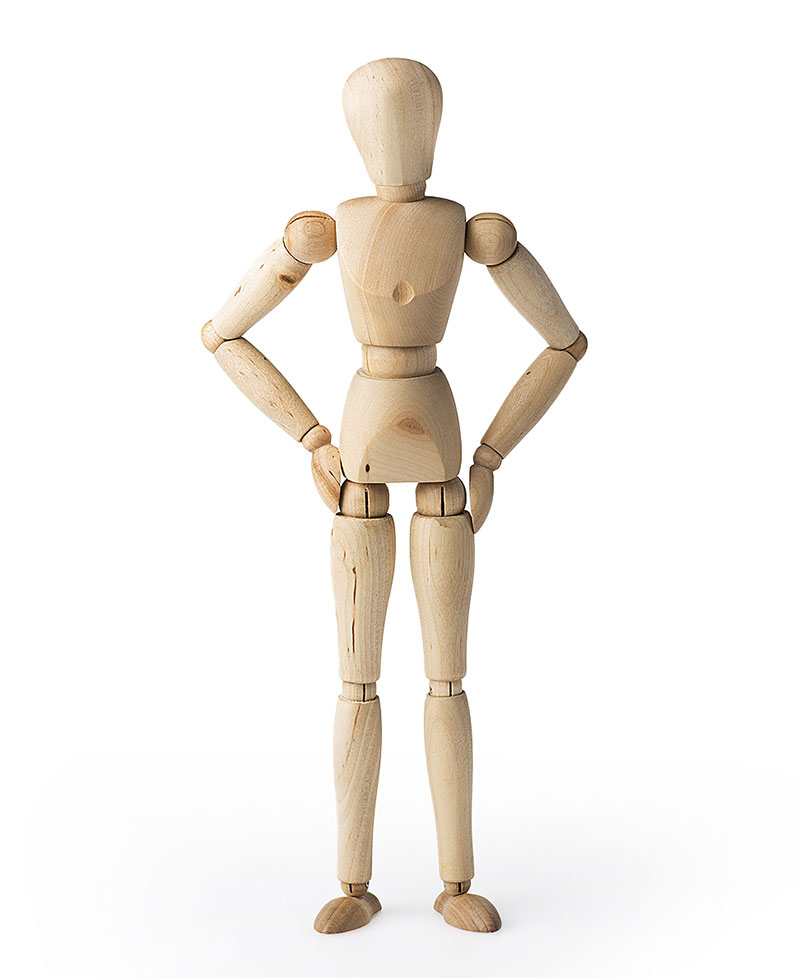Wear of the shoulder joint is split into the main shoulder joint and the acrioclavicular joint (AC joint). Osteoarthritis develops over many years and is commonly caused by traumatic injuries of the bones or soft tissue. It causes pain on movement or at night of often leads to reduced range of motion, particularly in the final stages.
Shoulder impingement means narrowing of the structures between the acromion and the humeral head. This often leads to irritation and subsequently to degeneration of these structures, particularly the supraspinatus tendon (part of the rotator cuff) and the bursa. Men who work in heavy manual labor are most commonly affected. Pain is typically felt when lifting the arm sideways.
The rotator cuff stabilises the shoulder joint. A rotator cuff injury (traumatic or degenerative) causes a rupture or tear of one or more tendons. It causes pain, limitation of movement and weakness.
This is a calcifying process of the tendinous regions of muscles surrounding the shoulder joint. The tendons of the rotator cuff surrounding the humeral head are affected most commonly. The condition progresses in stages and can last from a few months to several years. It typically causes pain in the early morning, subsequently irritation of the rotator cuff can cause pain.
Frozen shoulder is a painful condition causing a drastic limitation of movement. The cause is unknown in most cases, though sometimes it occurs following traumatic injuries. Most patients are female and risk of getting it is increased with metabolic diseases such as diabetes or thyroid disorders. Typically, there is a progressive increase in pain paired with a decrease in range of motion. The condition can last 1-3 years until full recovery is reached.
Shoulder dislocation means the humeral head has dislocated out of the glenoid. This can either occur traumatically (eg. fall) or atraumatically (without external force). Men are affected 3 times more commonly than women and the risk of subsequent dislocations is already increased after the first one. Important bony and soft tissue structures may be damaged following a dislocation.


